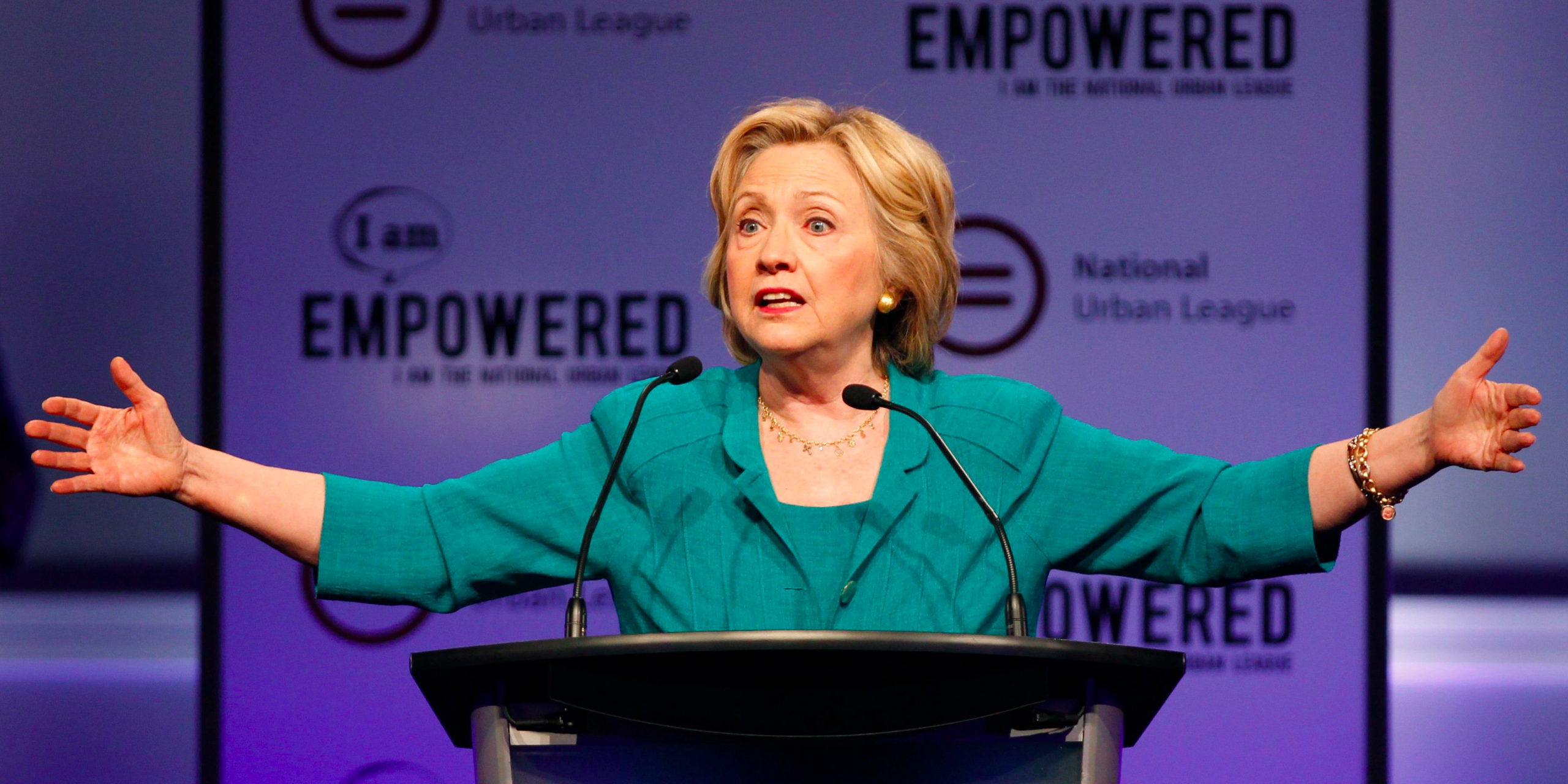Taxes
Clinton Refines Tax Proposal, Focuses on Closing Loopholes
Clinton also favors an expanded credit for child care expenses, although not quite as expansive as the proposals made by Trump. She also expects to hold the line on tax increases for the vast majority of Americans. There was no mention in her speech ...
Aug. 18, 2016

After Republican presidential candidate Donald Trump unveiled his revised tax plan for America, it wasn’t surprising when his Democratic challenger, Former Secretary of State Hillary Clinton, updated her own tax plan in an economic speech less than a week later on August 11. Consistent with her approach of trying to appear more conventional than the outspoken billionaire, Clinton didn’t offer any dramatic changes to her previous proposals.
Clinton’s tax plan is based on a foundation of four key cornerstones.
- 4 percent surtax: Clinton has proposed a 4 percent surtax on annual taxable income, including wages and investment earnings, above $5 million. Thus, the top income tax rate of 39.6 percent would be effectively increased to almost 44 percent. Also, note that many upper-income taxpayers already pay a 3.8 percent Medicare surtax on net investment income, for a potential top effective rate close to 50 percent.
- Buffett rule: Under this rule — named for investment mogul Warren Buffett who originally proposed it — taxpayers earning more than $1 million would be required to pay tax at a rate of at least 30 percent. The Buffett rule is designed to discourage the wealthiest taxpayers from using legal means to reduce their tax bills to unacceptable levels.
- Tax loopholes: Clinton also wants to tighten up some of the glaring loopholes in the tax code. One of her prime targets is the so-called “Romney loophole” which allows wealthy taxpayers to stash millions of dollars in IRAs. As also advocated by Trump, Clinton would crack down on rules allowing hedge fund managers to pay lower taxes on “carried interest.”
- Estate taxes: Based on Clinton’s proposals, “permanent” tax breaks for estate taxes would be revised. She would lower the current estate tax exemption of $5 million (indexed to $5.45 million in 2016), to $3.5 million, the figure in effect in 2009. She would also increase the current top tax rate from 40 percent to 45 percent.
Clinton also favors an expanded credit for child care expenses, although not quite as expansive as the proposals made by Trump. She also expects to hold the line on tax increases for the vast majority of Americans. There was no mention in her speech about a previous proposal to increase capital gains tax on short-term investments.
What about corporate taxes? Although Clinton didn’t offer many specifics in this go-round, she intends to reduce the number of tax inversions by penalizing companies that move their headquarters overseas, as well as imposing an “exit tax” on companies that relocate outside the U.S. without first repatriating earnings kept abroad. Finally, Clinton proposed tax credits for companies that hire workers from apprenticeships or share profits with their workers and promised to reduce the red tape facing small business tax filers.
Don’t be surprised if taxes become an even more important issue as we near the home stretch for the election.
